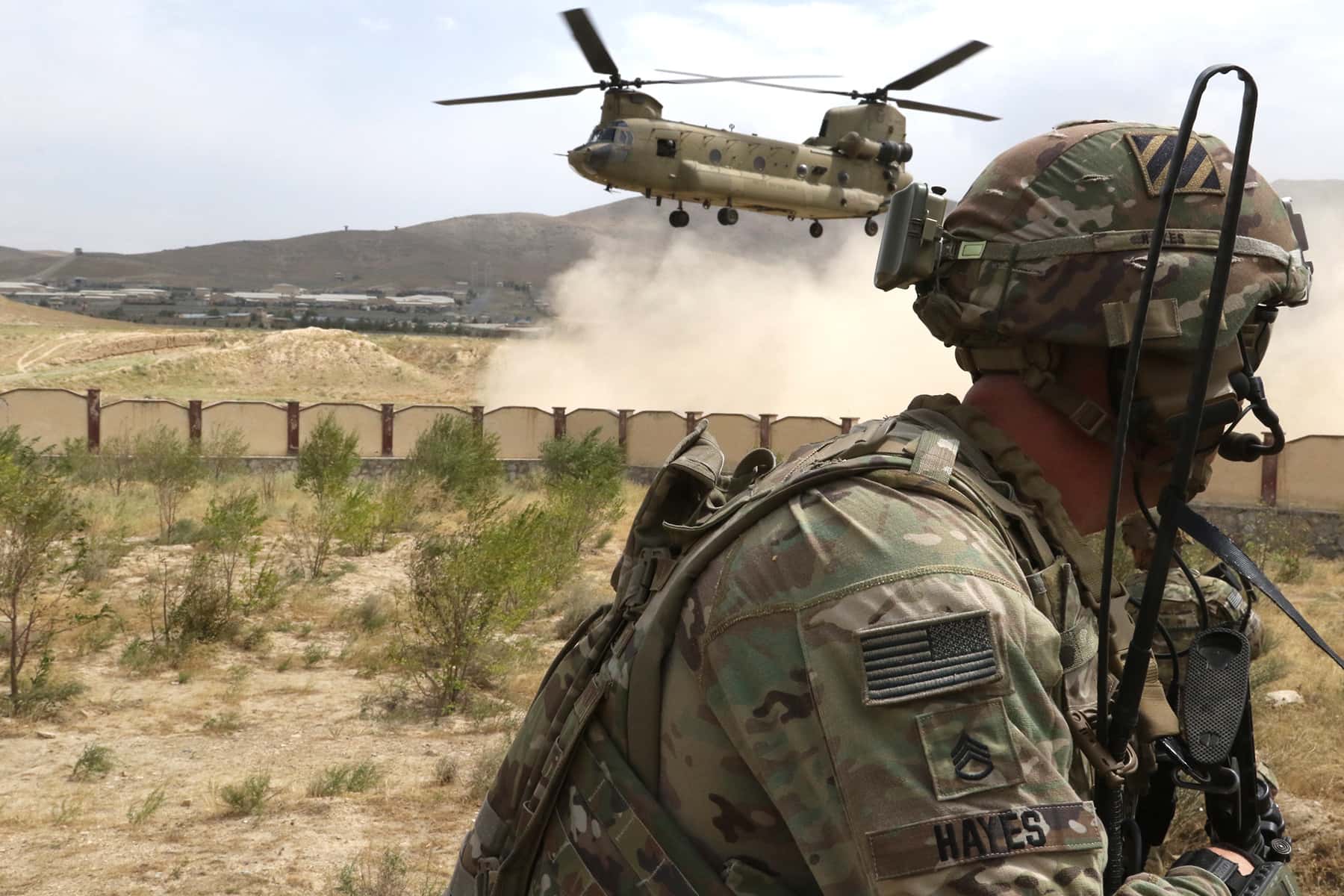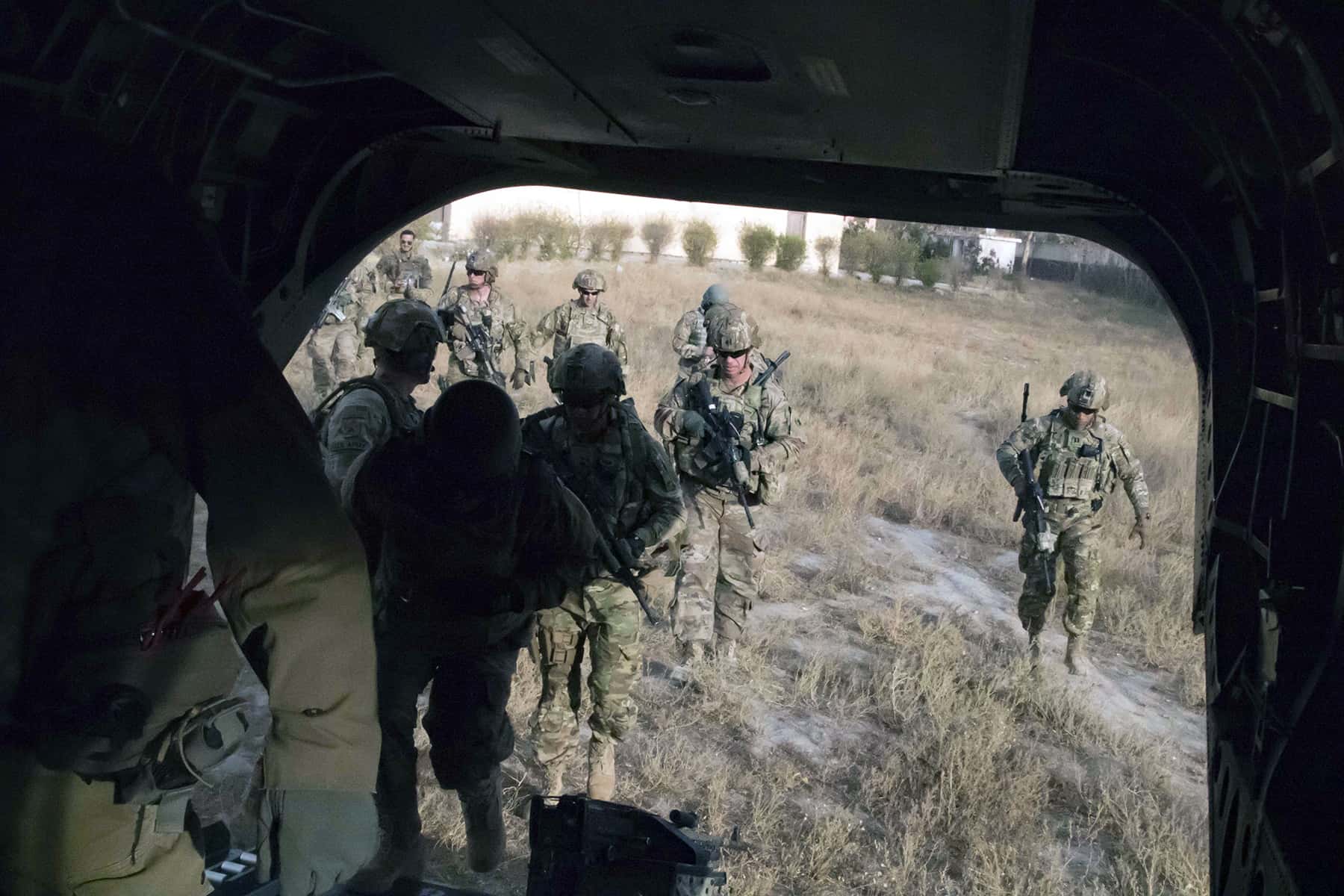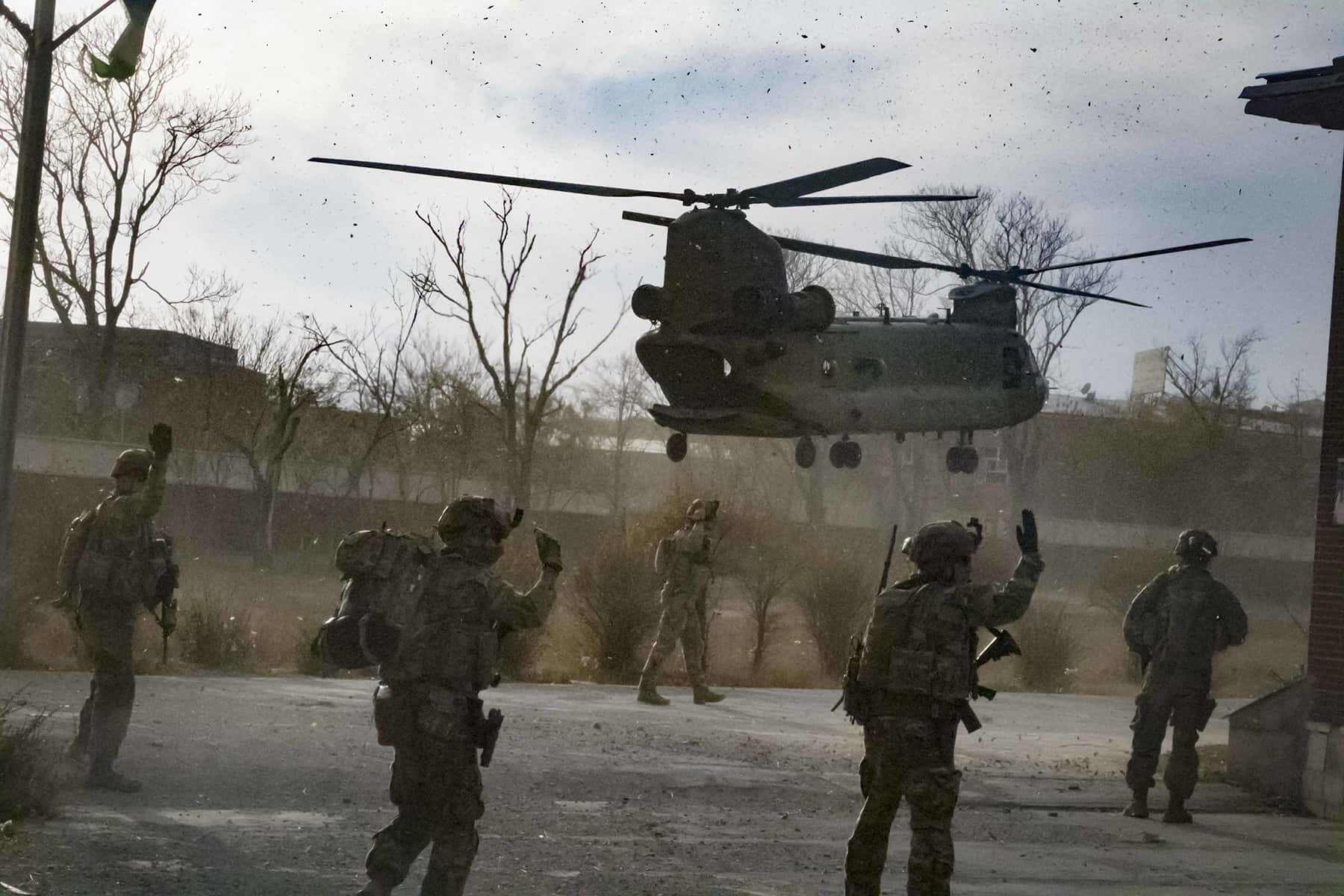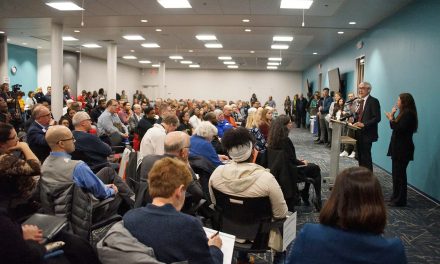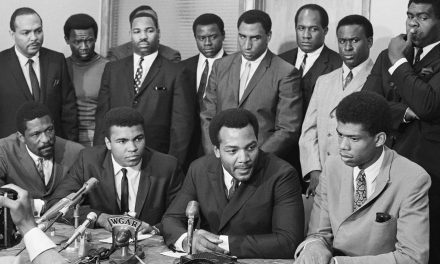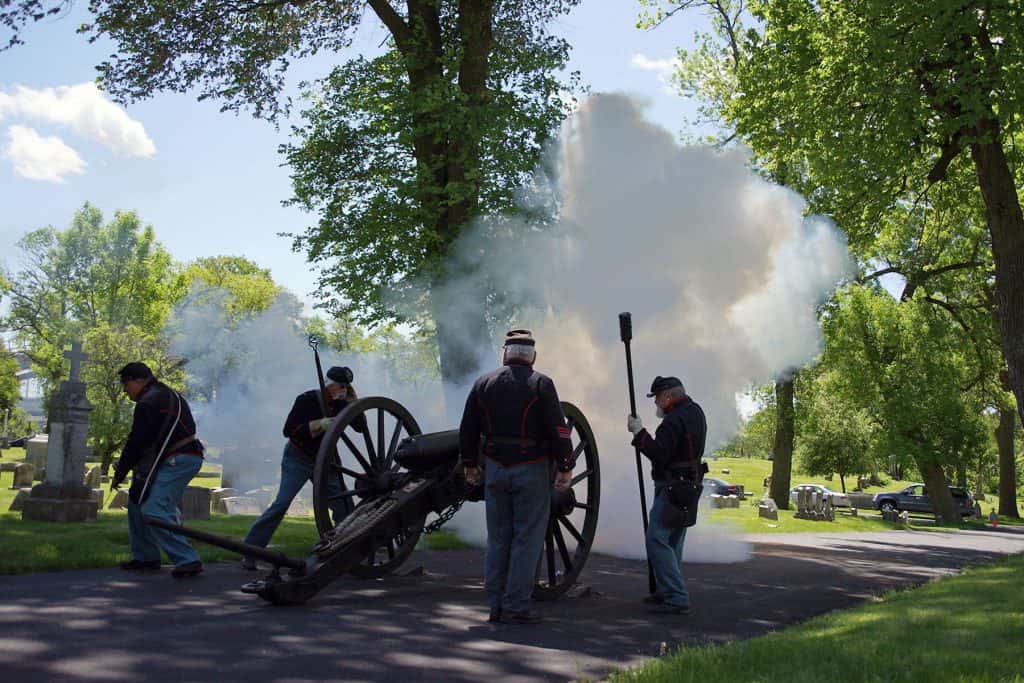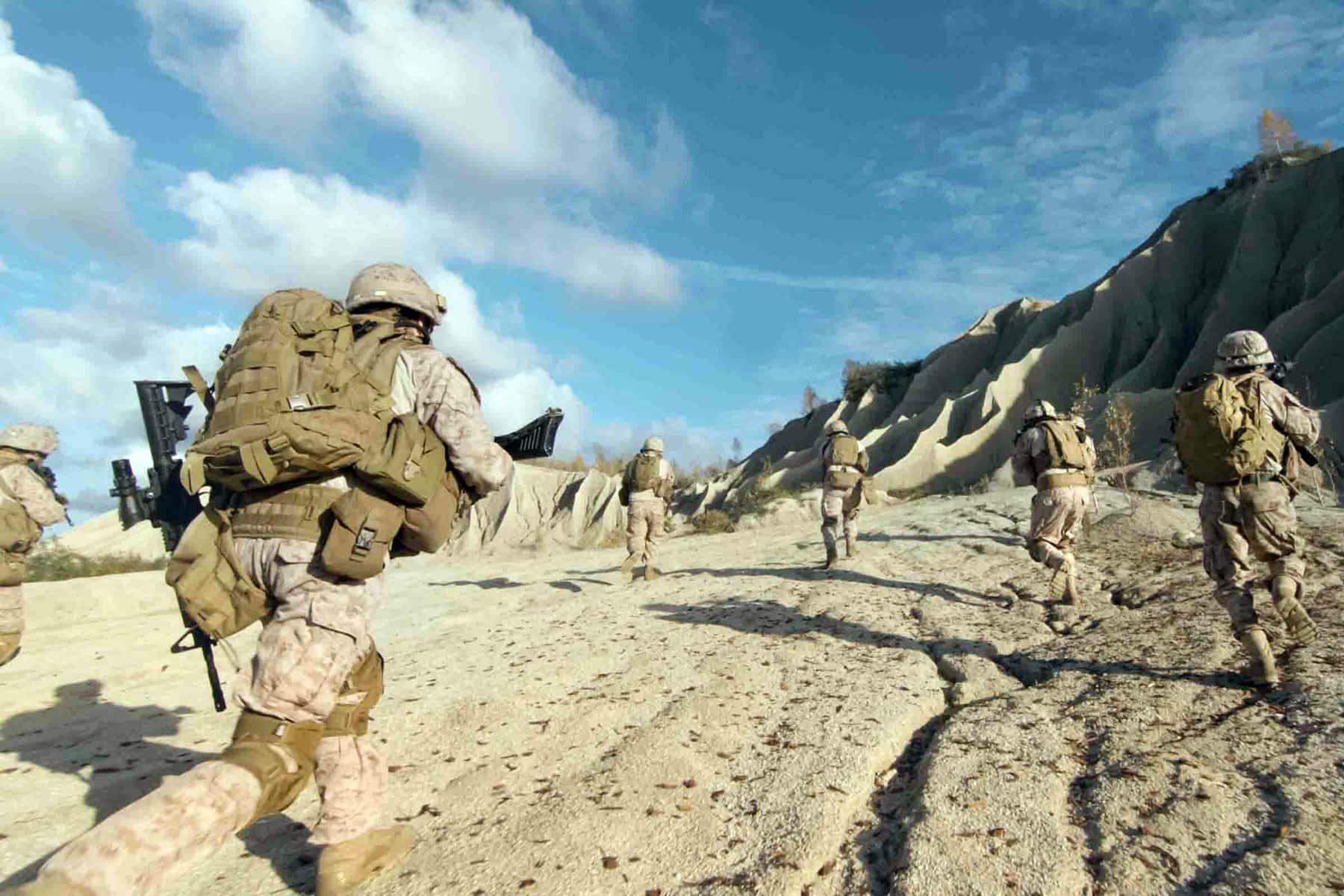
A major “Washington Post” investigation released on December 9 is a confirmation of the peace movement’s message that “there’s no military solution in Afghanistan.”
That assessment is according to Paul Kawika Martin, senior director of policy and political affairs at Peace Action, replying to The Afghanistan Papers. The report exposes how top officials spanning the George W. Bush, Obama, and Trump administrations waged a deliberate misinformation campaign to conceal the total failures of the 18-year war in Afghanistan.
The bombshell from investigative reporter Craig Whitlock “broadly resembles the Pentagon Papers,” and it is based on over 2,000 pages of notes from interviews with a federal agency that “bring into sharp relief the core failings of the war that persist to this day” and belie comments by officials “who assured Americans year after year” of progress made in the war.
The Post’s reporting also used previously classified memos known as “snowflakes” from former Pentagon chief Donald H. Rumsfeld between 2001 and 2006.
“I have no visibility into who the bad guys are,” Rumsfeld said in a 2003 memo. “We are woefully deficient in human intelligence.”
The paper obtained the cache of documents following a legal battle that lasted three years and included two lawsuits. The documents came out of a project from the Office of the Special Inspector General for Afghanistan Reconstruction (SIGAR), an agency now headed by Obama-appointee John Sopko. That project, entitled Lessons Learned, was meant to assess “the U.S. reconstruction experience in Afghanistan.”
While it has released a number of reports beginning 2016, those public documents had major omissions, namely “the harshest and most frank criticisms from the interviews” SIGAR conducted. As the Post reported, the interviewees, who were directly involved in the war effort, were forthright, believing their remarks would not be made public.
They revealed that officials continually misled the public about the war’s success, there was no strategy, their efforts fueled corruption, and the U.S. was clearly losing ground as well as tens of thousands of lives and at least $1 trillion.
The trove includes transcripts and notes from over 400 interviewers between 2014 and 2018. SIGAR blacked out names of roughly 85 percent of interviewees.
“It was impossible to create good metrics” about the troop surge, one unnamed senior National Security Council official said in a 2016 interview. “We tried using troop numbers trained, violence levels, control of territory and none of it painted an accurate picture.” They added, “The metrics were always manipulated for the duration of the war.”
That theme was similar to Army colonel Bob Crowley’s remarks in a 2016 interview. “Surveys, for instance, were totally unreliable but reinforced that everything we were doing was right and we became a self-licking ice cream cone,” Crowley said.
Ryan Crocker, who was the top U.S. diplomat in Kabul from 2011 to 2012, said in a 2016 interview, “Our biggest single project, sadly and inadvertently, of course, may have been the development of mass corruption.”
“775,000 of our troops deployed. 2,400 American lives lost. Over 20,000 Americans wounded.
38,000 civilians killed. Trillions spent. Rumsfeld in 2003: “I have no visibility into who the bad guys are.” 18 years later it’s time to get out.” – Representative Ro Khanna
Read the full Washington Post investigation.
Andrea Germanos
Alejandro Licea

